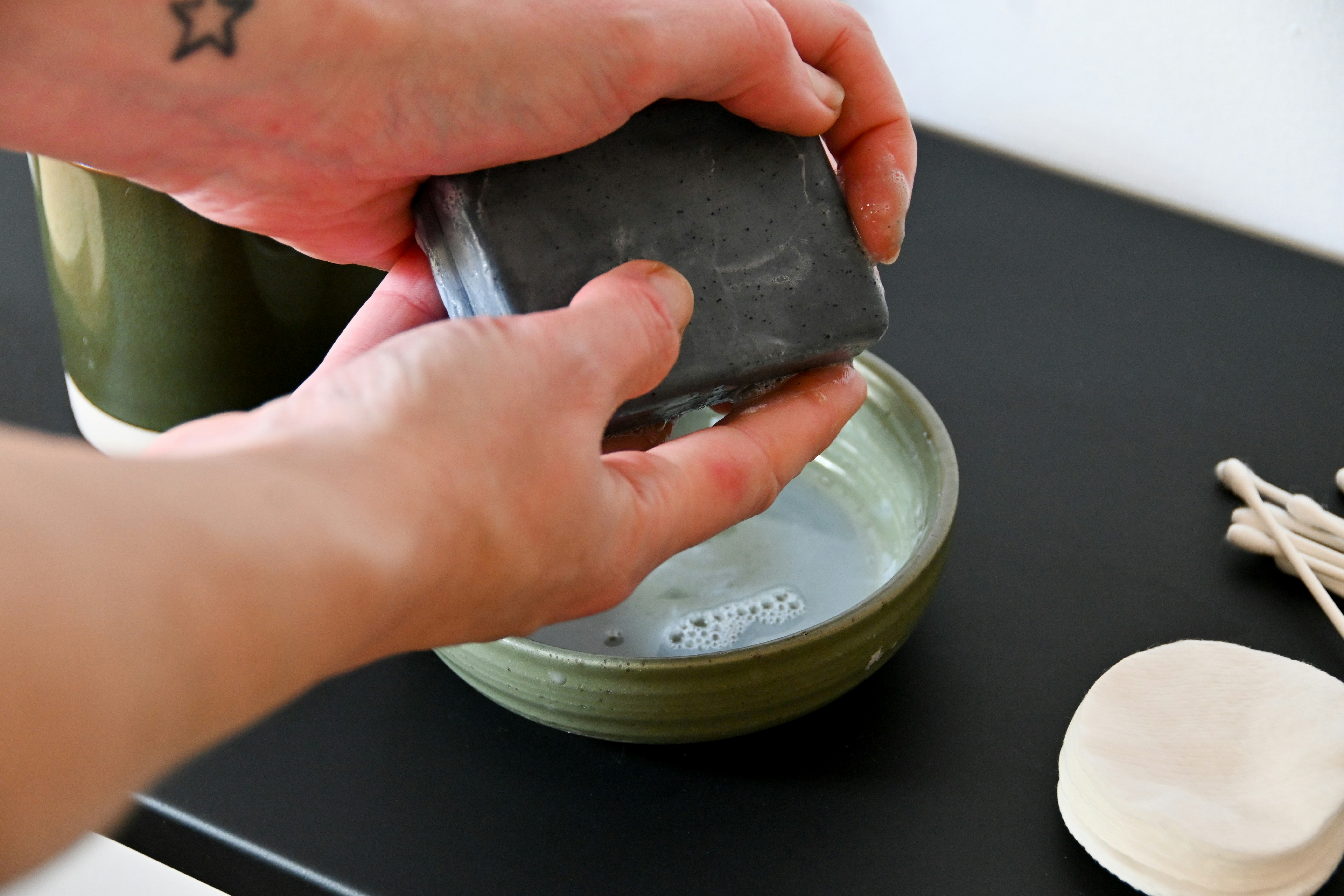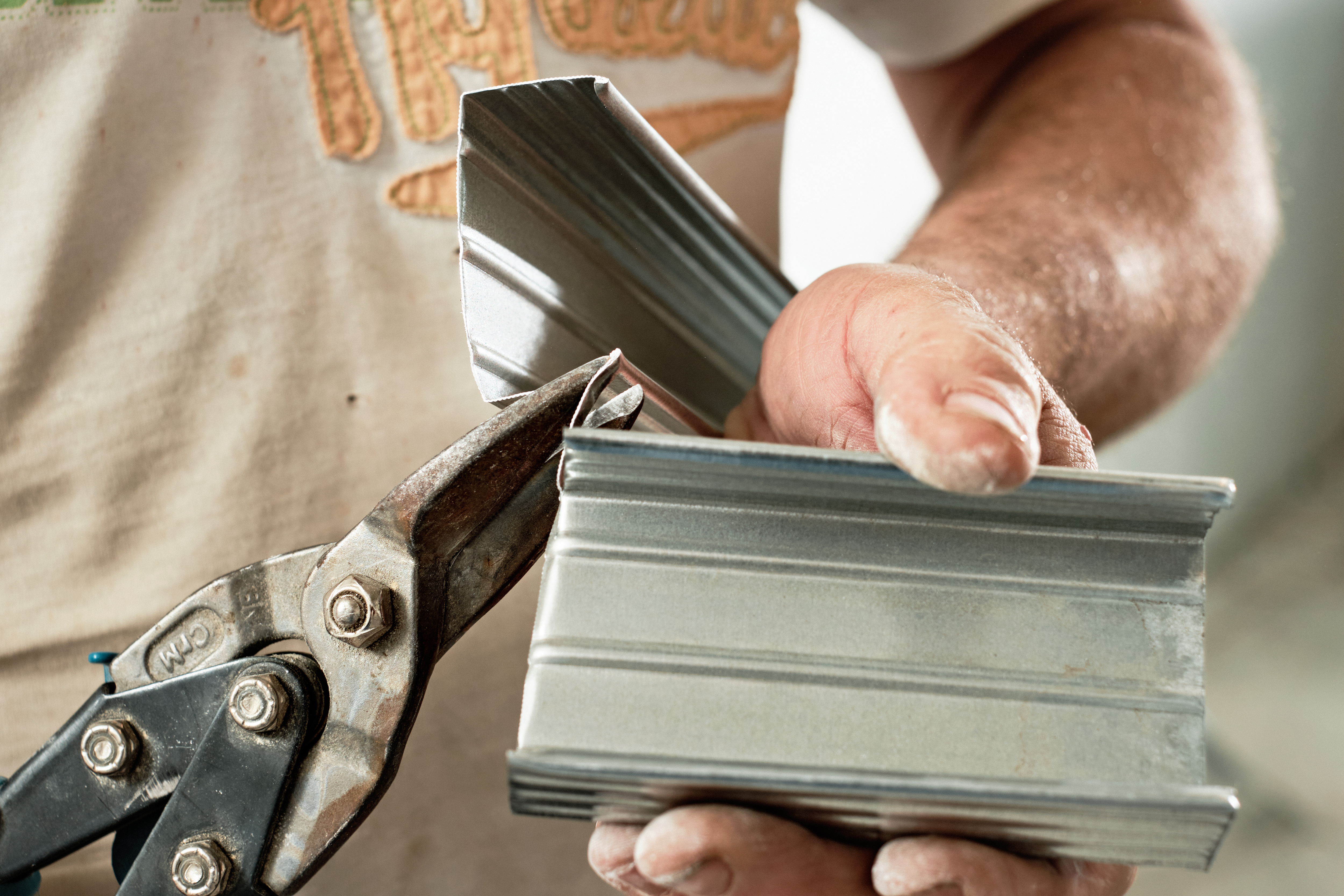Brass C360
Brass is an alloying consisting of both copper and zinc. The gold materials is a weather- and corrosion- resistant metal, it's also an easy to machine material, so feedrates can remain high and coolant need is minimal.
Brass C272
Brass Grades For CNC Machining:
Brass C260
Titanium alloy – Ti6Al4V
Titanium Grade 2
Titanium is an amazing material. It has high strength, is lightweight, is resistant to corrosion and chemicals, and can even maintain its strength when exposed to incredibly high temperatures.
Titanium Grades For CNC Machining:
Titanium Grade 1
Stainless steel is well-suited for a wide array of CNC machining projects, due to its excellent machinability and outstanding uniformity. It also has good workability and weldability to match your machining needs.
Stainless Steel Grades For CNC Machining:
Stainless Steel 15-5
Stainless Steel 303
Stainless Steel 304
Aluminum is a popular choice for machining due to its low density, good mechanical properties, high thermal and electrical conductivity, and resistance to corrosion.
Aluminum Grades For CNC Machining:
Aluminum 6061-T651
Aluminum 2024-T351
Aluminum 7075-T651

































